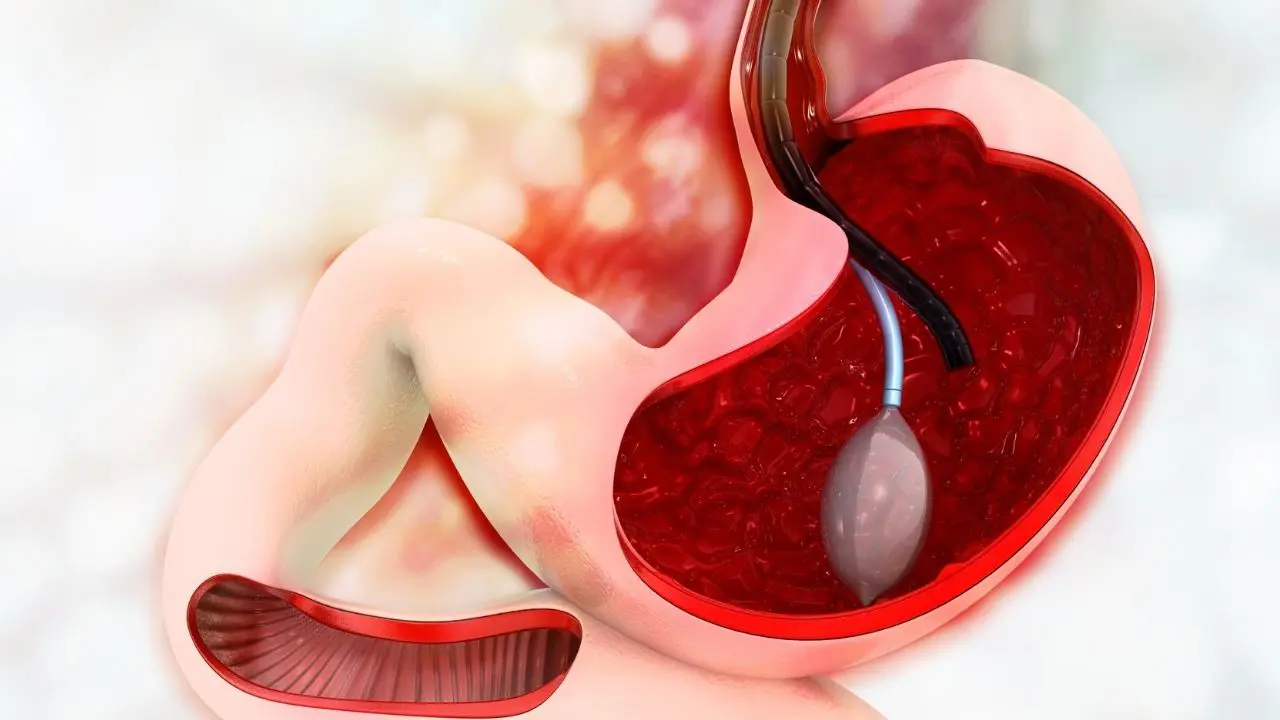
Gastric Balloon Surgery, also known as intragastric balloon therapy, is a non-surgical weight-loss procedure that involves placing a temporary balloon in the stomach to reduce its capacity. This minimally invasive approach aids in weight loss by promoting a feeling of fullness and encouraging portion control. Below is a comprehensive guide providing information about Gastric Balloon Surgery. Gastric Balloon Surgery, also known as intragastric balloon therapy, is a non-surgical, temporary weight-loss procedure designed to assist individuals in achieving significant weight loss by reducing the capacity of the stomach. This minimally invasive approach provides a short-term solution for those struggling with obesity and related health issues.
Procedure Overview
- Gastric Balloon Surgery entails inserting a deflated silicone balloon into the stomach through an endoscopic procedure.
- Once in place, the balloon is filled with a sterile saline solution, expanding to occupy a significant portion of the stomach.
Candidates for Surgery
- Ideal candidates are individuals with a body mass index (BMI) between 30 and 40 who have struggled to lose weight through conventional methods.
Benefits of Gastric Balloon
- Non-Surgical: As a non-surgical procedure, it offers a less invasive alternative to traditional weight-loss surgeries.
- Temporary: The balloon is typically left in place for six months before removal.
- Appetite Control: The presence of the balloon promotes early satiety, helping individuals consume smaller portions.
Procedure Process
- Preoperative Assessment: Candidates undergo a thorough medical evaluation to assess overall health and determine eligibility.
- Insertion: The deflated balloon is inserted through the mouth using an endoscope, and once in the stomach, it is inflated with saline.
Postoperative Care
- Adjustment Period: Patients may experience discomfort and nausea initially, but symptoms typically subside within a few days.
- Diet and Lifestyle Changes: Adopting healthy eating habits and regular exercise is crucial for maximizing weight loss during the balloon's placement.
Risks and Complications
- Nausea and Vomiting: Common during the initial days after balloon placement.
- Balloon Deflation or Migration: Rare occurrences that may require intervention.
Results and Expectations
- Weight loss is achieved gradually over the six-month period the balloon remains in place.
- On average, individuals may lose 10% to 15% of their total body weight.
Removal of the Balloon
- After six months, the balloon is deflated and removed endoscopically.
Follow-Up and Support
- Regular follow-up appointments are essential for monitoring progress, addressing concerns, and providing ongoing support.
Gastric Balloon Surgery offers a less invasive option for individuals seeking effective weight loss without undergoing major surgery. It is crucial for candidates to understand the temporary nature of the procedure and commit to lifestyle changes for sustained results. Always consult with healthcare professionals to determine the most suitable weight loss strategy based on individual health needs and goals.
